How to unscrew a torn off self-tapping screw?
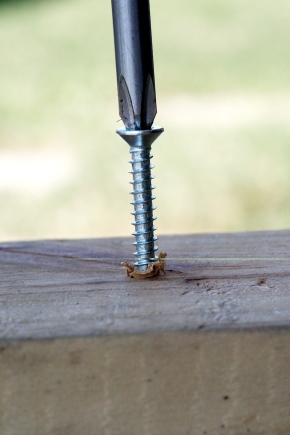
Repair masters often face problem situations, but professionals always know what to do. When carrying out repairs using tools, it is important to be able to work with them correctly. Screwing in self-tapping screws usually does not cause any difficulties, but when unscrewing these fasteners, difficulties can arise, especially when their upper part is deformed. To cope with the task, you need to use one of the methods known to home craftsmen. And which one is suitable - the situation will tell.
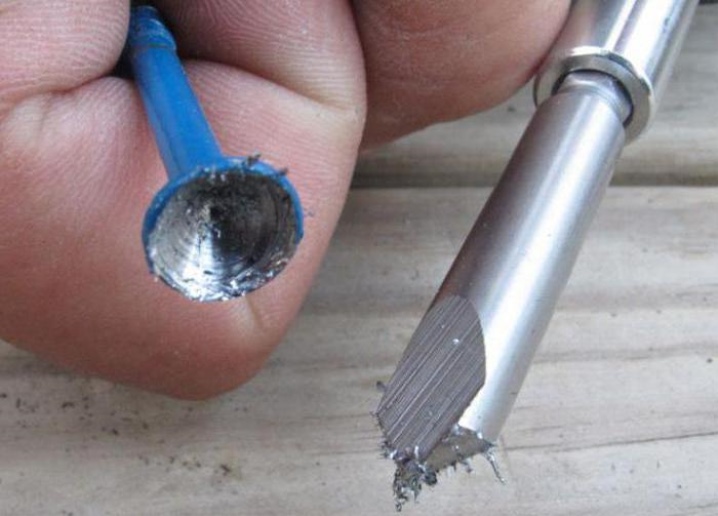
The ways
Looking at the actions of professional repair workers, it may seem that their work is quite simple, not requiring special skills. But visible simplicity and lightness are achieved by years of accumulated experience. Ordinary people who do home repairs from time to time, often do not know at all how to approach, for example, such a thing as unscrewing a self-tapping screw with a damaged cap.
A deformed self-tapping screw head is the most common reason why it becomes extremely difficult to unscrew fasteners.

Let's consider the main causes of head damage.
- Use of a substandard or inappropriate tool. When screwing in a self-tapping screw with a faulty screwdriver or screwdriver, its cross can be easily deformed.
- Wrong screwing technology for self-tapping screws. If the pressure is not applied to the tool, it will slip and damage the head of the fastener. It is not easy to unscrew the self-tapping screw if its crosspiece is torn off.
- Poor quality of the material from which the screws were made. If the metal is too soft or brittle, then the product is very easy to deform or even break. In addition, self-tapping screws with an incorrectly processed head may come across, the cutouts on which will not correspond to the tool used.
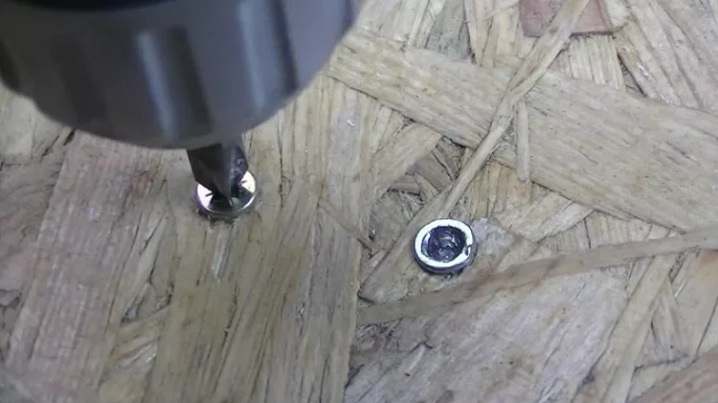
There are a number of options for extracting hardware with deformed edges on the head.
- If the edges are torn off, but you can get close to the head, then it is best to clamp it with pliers or pliers and try to unscrew it, acting counterclockwise. If the head is sufficiently convex, a drill chuck can be used to grip it and unscrew it by reverse rotation.
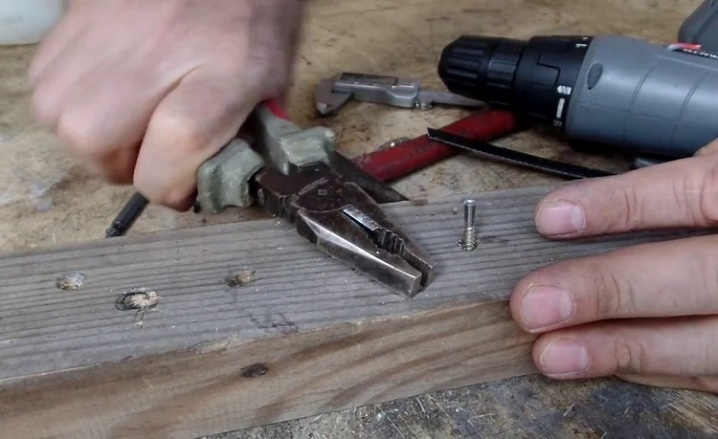
- In cases where there is no drill or pliers at hand, restoring the slot for a straight screwdriver can help. You can use a hacksaw or grinder to cut new edges. It is important to make a hole no more than 2 mm deep so that the metal does not crack when cutting.
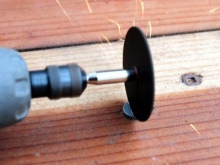
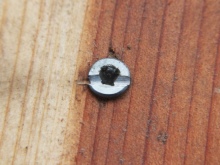
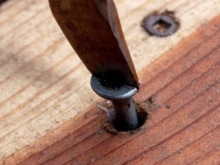
- If you cannot remove the self-tapping screw with the previous options, you can try to drill it. For work, you will need to purchase a drill with a left-hand cutting blade. With such a drill, you need to carefully drill the problematic element until it stops, after which the drill will stall and begin to unscrew the self-tapping screw.

- The simplest solution to the problem may be a thin piece of rubber that needs to be put on the torn head. Then choose the most successful screwdriver that is in maximum contact with the edges of the product. The use of rubber will improve grip, making the screw better amenable to unscrewing.
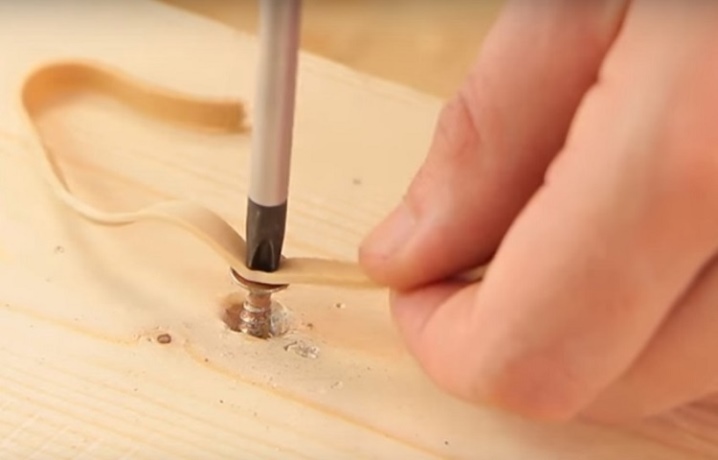
- Another method requires the use of a soldering iron, which heats up the self-tapping screw. If the hardware is screwed into the plastic, then the adhesive force of such material will weaken from heating, which will allow the fasteners to be unscrewed. In the case of a tree, it is necessary not only to heat the self-tapping screw, but also to wait for it to cool down - this should improve its course.
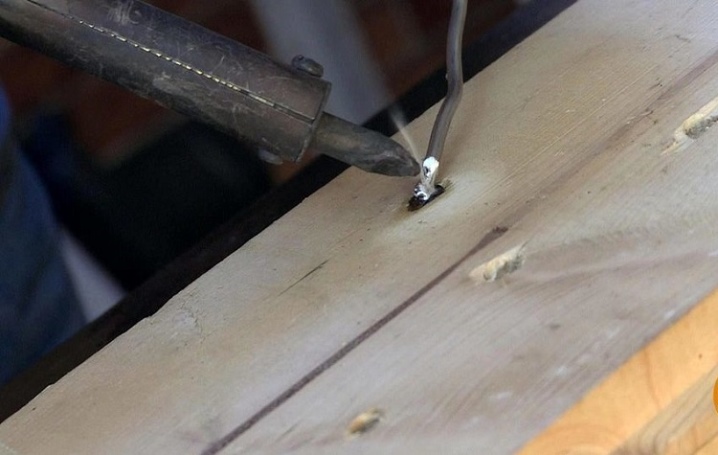
- It is best to use an extractor if available. This tool makes a hole in the head with a drill with a smaller diameter. As soon as the additional element is placed inside the self-tapping screw, it will be possible to unscrew it.
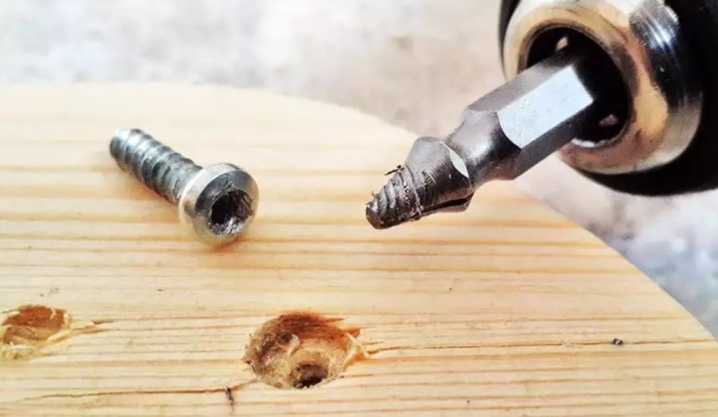
- But if all of the above options did not work or the necessary tools were not at hand, you can use an impact screwdriver (or core) and a hammer. The screwdriver should be inserted into the most intact edge of the self-tapping screw at an angle of 45 °, and then, with the help of hammer blows, gently scroll the problematic fastener.
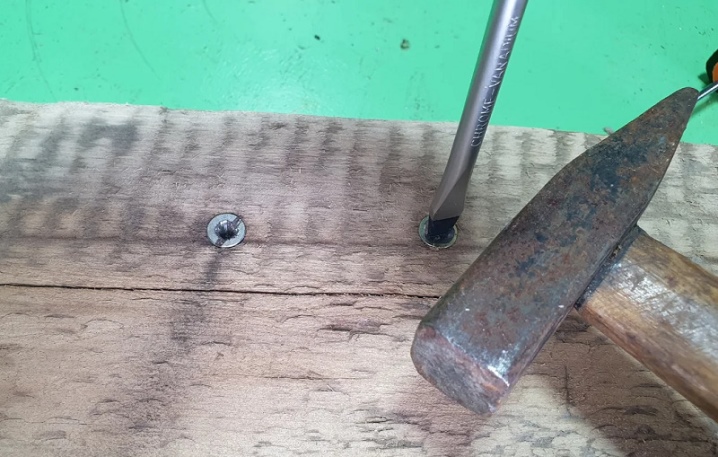
- The most radical method is the use of glue. If you cannot remove the broken or deformed self-tapping screw, you can drip epoxy glue onto it and place the nut on top. As soon as the glue hardens, using a wrench or pliers, you can remove the stubborn hardware.
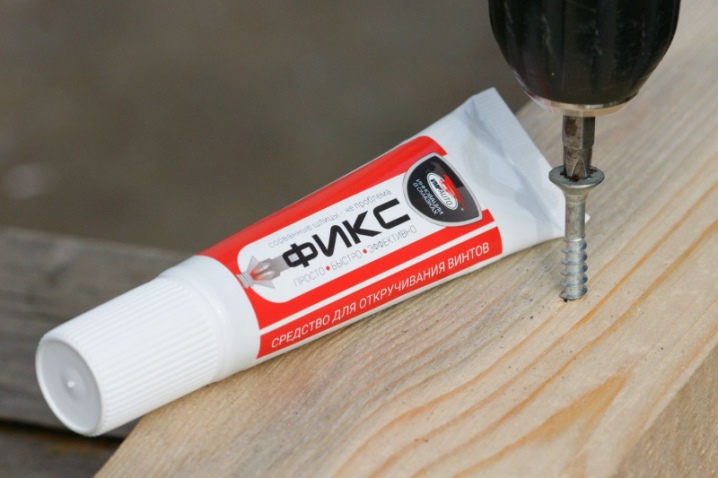
The problem of unscrewing self-tapping screws and other similar fasteners is quite common. Therefore, you should know as many ways as possible to eliminate it, so that the right solution is quickly found for any possible situation.
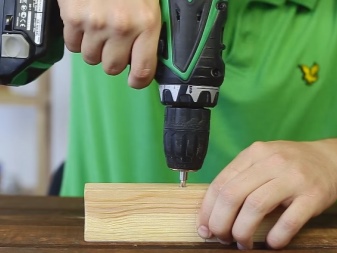

Precautionary measures
The process of unscrewing faulty fasteners may seem simple and harmless, but in inexperienced hands there is a risk of accidents. To ensure safe removal of fasteners, it is important to adhere to certain security measures.
- Use protective equipment such as goggles and gloves to keep your face and hands safe in case of unexpected breakage of the tools used. Inexperienced craftsmen must use protective equipment at all times until their skill reaches the required level.
- Use only proven and high-quality tools. Before any work, you need to make sure that the tool is in good working order and corresponds to the occupation. And only after that, get down to business.
- Prepare fastening materials in advance, which will replace the problematic screws. If the use of these fasteners has shown its ineffectiveness, then they should be replaced with nuts and bolts.
- Before starting to unscrew the deformed fastener, it is necessary to determine in which direction the thread is directed, so as not to complicate the already difficult task of removing it.
- Selection of the optimal pressure on the tools. If you press too hard on the screwdriver or screwdriver, then you can completely ruin the head of the screw, after which it will become even more difficult to unscrew it. With an increased load, there is a high risk of breaking the cross or even splitting the fasteners.
If the force of pressure on the tool is too weak, then it will scroll or slide off the screw head, thereby making its edges even more unusable.
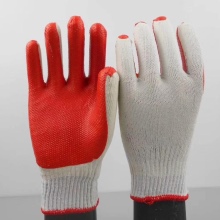
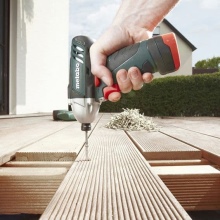
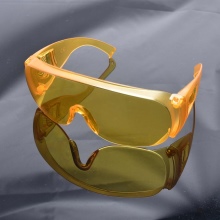
When planning measures to extract a self-tapping screw that does not lend itself to standard unscrewing options, you need to find not only an effective option, but also one that will be within your power. The choice of a too complex technology for performing a task by a beginner can cause unpleasant consequences in the form of injuries and a disappointing final result of the work.
Each master should have in his arsenal several options for action in such situations, which have already been tested more than once. The success of a business depends on a number of factors, but an inexperienced individual may not be aware of them.
Having quality inventory, protective equipment, and proven problem-solving techniques will help you get the results you want.
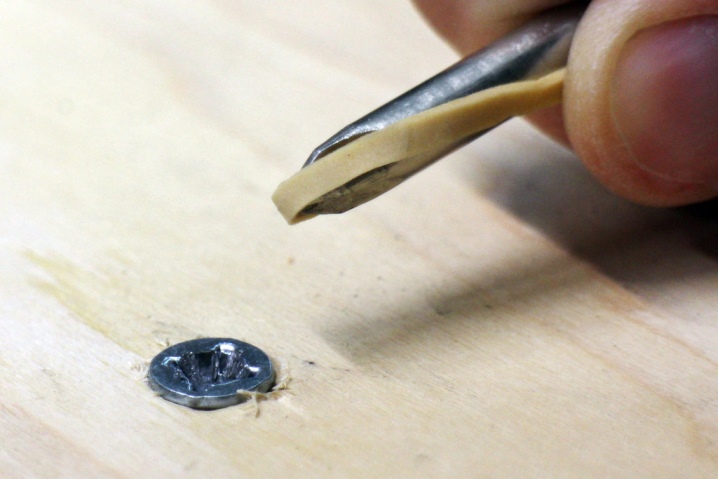
Useful Tips
Experienced craftsmen try to find non-standard solutions or improve their innovation in different situations. As for unscrewing the screws with a torn off head, there are a few more additional tips that can help out those who have not achieved the desired result by trying all the options listed above.
- Before starting to unscrew the fasteners, the head of which is deformed, it is worth checking the back of the product.In some cases, self-tapping screws go through, which is ugly and wrong, but for extraction this fact becomes an advantage. If the protruding tip of the fastener is large, you can grab it with pliers, and then carefully twist the product as far as possible. After that, you will need to complete the process, but from the other side. If the tip is too small to grip, tap it slightly with a hammer to move it. The extended head of the product will allow you to grab onto it and unscrew the fasteners.
- In some cases, using WD-40 grease, which is applied to remove corrosion, will help. The lubricant makes the movement of the self-tapping screw easier, thereby accelerating its unscrewing.
- When the crosspiece is destroyed, it is difficult to hold the screwdriver in place, and this prevents the removal of the fasteners. You can fix this situation with durable glue. The head of a self-tapping screw is smeared with it, on which the tip of a screwdriver is applied. Once the glue is completely dry, the screwdriver holds the grip securely to the fastener, allowing it to be removed.
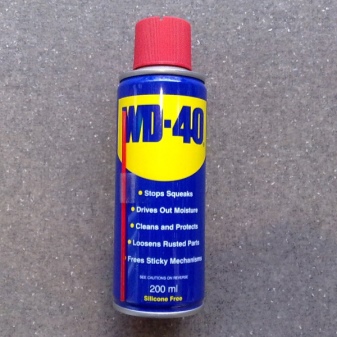
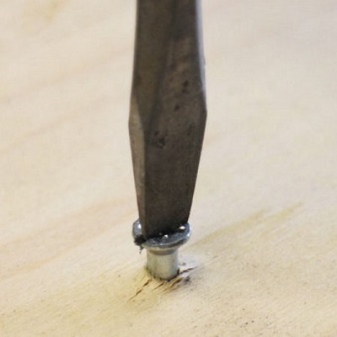
The above tips have already been approved by the masters due to the effectiveness and simplicity of their implementation.
With the development of technologies, the emergence of new hardware and tools, new problems and methods of solving them will appear.
You can see instructions for unscrewing a torn off self-tapping screw below.













The comment was sent successfully.